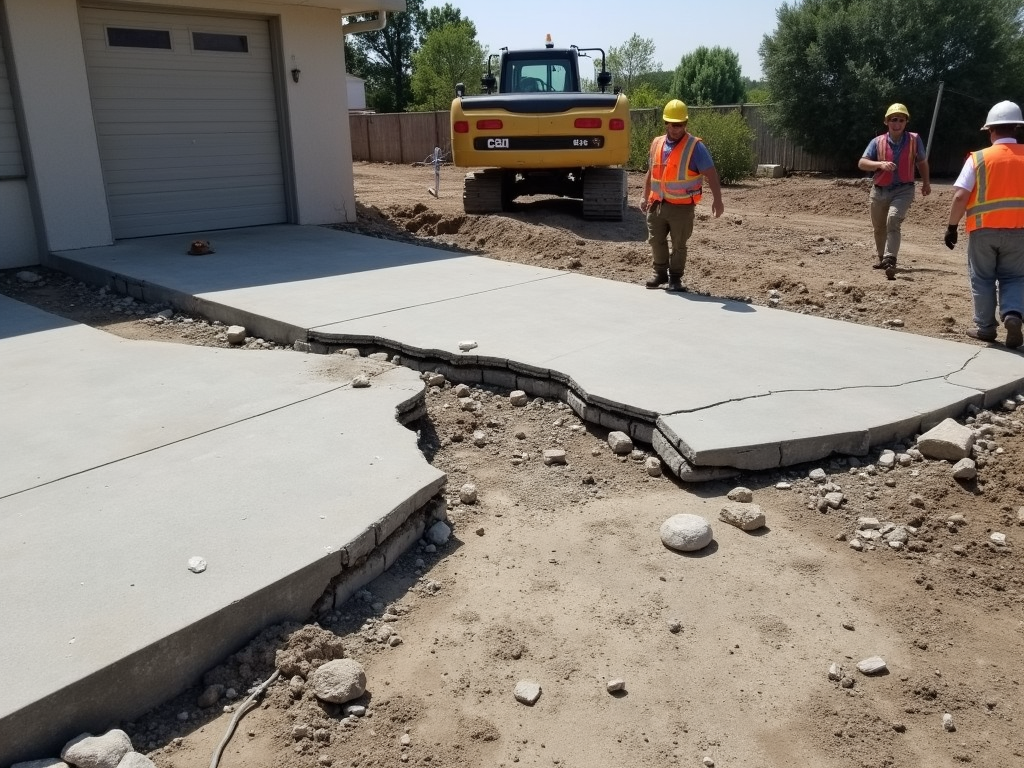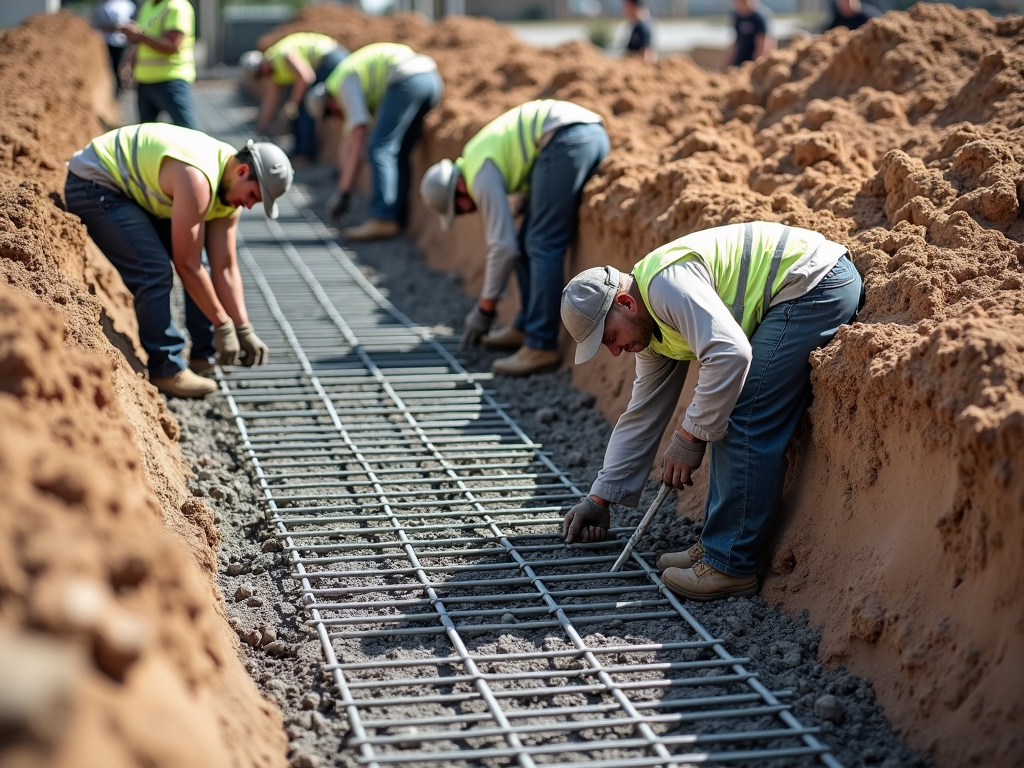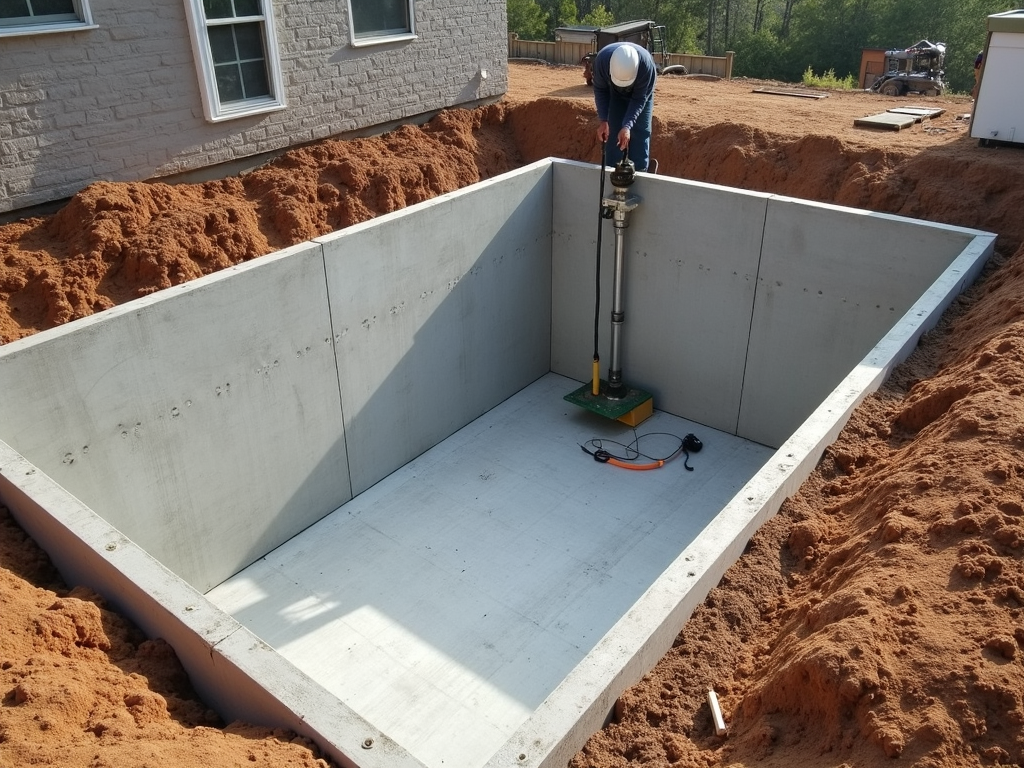Understanding Foundation Design Codes and Standards: A Comprehensive Guide
Overview
Foundation design codes and standards are critical rules that guide engineers and builders in creating safe, stable foundations. These guidelines ensure structures can handle loads and environmental challenges. In this article, we’ll explore what they are, why they matter, and how they apply to foundations like slab foundations.
What Are Foundation Design Codes and Standards?
Foundation design codes and standards are detailed instructions for designing and building foundations. They cover everything from checking the soil to choosing materials and calculating how much weight the foundation can hold. Groups like the American Society of Civil Engineers create these rules, and local governments often require builders to follow them.
These codes exist to keep buildings safe and standing for years. They’re not just suggestions—they’re based on years of research and real-world testing. Whether it’s a small house or a tall office building, foundation design codes and standards make sure the base is solid.

Types of Foundations and Their Codes
Foundations come in different styles, and each has its own rules under foundation design codes and standards. Let’s look at a few common ones:
- Slab Foundations: These are flat concrete pads poured directly on the ground. They’re popular for homes because they’re affordable and quick to build. Codes for slab foundations focus on thickness, reinforcement, and soil preparation.
- Crawl Space Foundations: These lift the building off the ground, leaving a small space underneath. Standards ensure proper ventilation and support.
- Basement Foundations: These go deeper, creating usable space below the house. Codes here emphasize waterproofing and load-bearing strength.
- Pile Foundations: Used when the soil near the surface is weak, piles drive deep into the ground. Standards specify pile length and spacing to handle heavy loads.
Each type follows specific foundation design rules to match the building’s needs and the ground it sits on. For example, slab foundations need extra attention to soil compaction to avoid cracking.

Why Following These Codes Matters
Sticking to foundation design codes and standards isn’t optional—it’s a must. Here’s why:
- Safety First: A strong foundation keeps the building from collapsing, protecting everyone inside.
- Longevity: Codes help foundations resist earthquakes, floods, and shifting soil, so the structure lasts longer.
- Avoiding Trouble: Builders who skip codes might face fines or lawsuits if something goes wrong.
- Saving Money: Fixing a bad foundation later costs way more than doing it right the first time. I’ve seen homeowners spend thousands repairing cracks because the original builder ignored soil tests.
Real-Life Lessons
I once visited a small town where a community center had to be rebuilt. The original slab foundation cracked because the builders didn’t follow the codes for soil testing. Rainwater seeped in, weakened the ground, and down it went. Following foundation design codes and standards could’ve saved them time, money, and heartbreak.

What Happens When You Ignore the Rules?
Skipping foundation design codes and standards can lead to disaster. Take the 2010 Shanghai building collapse—poor foundation design caused it to tip over, damaging nearby homes and costing lives. Stories like this show why these rules aren’t just paperwork; they’re lifesavers.
Even smaller failures hurt. A friend of mine bought a house with a crawl space foundation that wasn’t built to code. Moisture built up, the wood rotted, and they had to replace half the floor. Proper ventilation standards could’ve prevented it.
How Engineers Use These Codes
Engineers start with soil tests to see what they’re working with. Then, they calculate the building’s weight—everything from the walls to the furniture inside. Foundation design codes and standards tell them how thick the concrete should be, where to put steel bars, and how deep to dig. It’s like a recipe for a strong foundation.

Tips for Getting It Right
Here’s what to focus on when using foundation design codes and standards:
- Test the soil thoroughly—don’t guess.
- Double-check load calculations to avoid surprises.
- Use high-quality materials that meet code specs.
- Follow every step of the construction process, no shortcuts.
I’ve talked to builders who say skipping even one step—like not compacting the soil enough under slab foundations—can cause cracks within a year. It’s worth the extra effort to do it right.
Comparing Foundation Types
Here’s a quick table to see how different foundations stack up:
| Foundation Type | Pros | Cons |
|-----------------|------|------|
| Slab | Cheap, fast | Can crack, no utility access |
| Crawl Space | Easy repairs, ventilated | Costs more, needs moisture control |
| Basement | Extra space, strong | Expensive, needs waterproofing |
| Pile | Works on bad soil | High cost, complex setup |

A Personal Take
Years ago, I helped a neighbor figure out why his garage kept flooding. Turns out, the slab foundation wasn’t sloped properly—a detail the codes cover. We fixed it, and he hasn’t had a problem since. Little things like that show how practical these standards are.
Wrapping It Up
Foundation design codes and standards are the unsung heroes of construction. They keep buildings safe, save money in the long run, and prevent disasters. Whether it’s slab foundations or deep piles, following these rules ensures a solid start for any structure. Stick to them, and you’ll build something that lasts.





